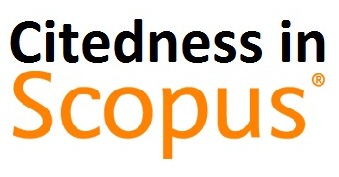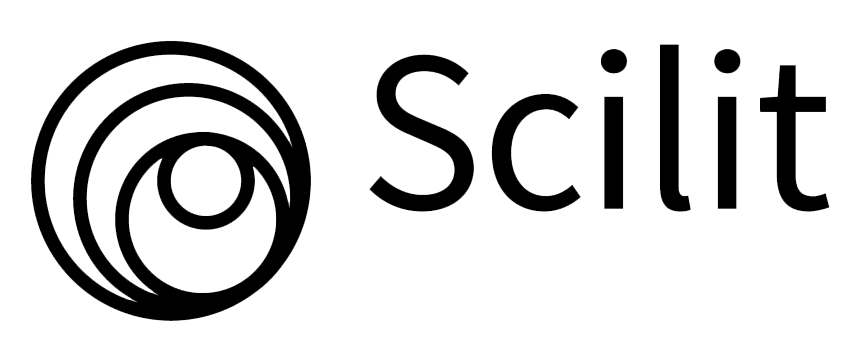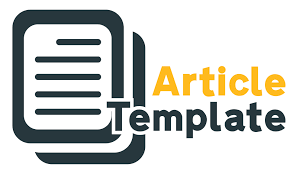Recognition of Hijaiyah Letters with Punctuation Using Augmented Reality
DOI:
https://doi.org/10.38043/tiers.v4i1.4348Keywords:
Augmented reality, Hijaiyah letter, MADLC, PunctuationAbstract
Learning hijaiyah letters is an initial step to reading the Al-Qur'an. Because the Al-Qur'an is written in Arabic using hijaiyah letters with special punctuation. Currently, learning hijaiyah letters still uses simple media in the form of books, posters, display boards, etc. so it is less interesting. The rapid development of technology allows mobile devices to become smartphones that can be used as learning media. Therefore, mobile devices can be used for learning hijaiyah letters to make them more attractive. One technology that can be utilized is Augmented Reality which can combine the virtual world with the real world in the form of 3D through applications accessed on mobile devices. This research developed the introduction of hijaiyah letters equipped with punctuation and pronunciation using marker based augmented reality. The development of mobile application applies the Mobile Application Development Lifecycle (MADLC) method. The development of augmented reality applications utilizing Blender, Vuforia and Unity 3D Game Engine. The results of the Black box testing show that all functional requirements have been met and are running well.
Downloads
References
H. IIQ, “Hasil Riset: Angka Buta Aksara Al-Qur’an di Indonesia Tinggi, Sebegini,” Jakarta, Sep. 16, 2022. Accessed: May 13, 2023. [Online]. Available: https://iiq.ac.id/berita/hasil-riset-angka-buta-aksara-al-quran-di-indonesia-tinggi-sebegini/
F. Septian and B. Agustian, “Edukasi Pengenalan Huruf Hijaiyah dengan Memanfaatkan Teknologi Augmented Reality,” J. Inform. Univ. Pamulang, vol. 5, no. 4, p. 558, Dec. 2021, doi: 10.32493/informatika.v5i4.8214.
N. W. Asbara, “Pemanfaatan Augmented Reality (AR) sebagai Media Pembelajaran Interaktif Pengenalan Huruf Hijaiyyah Berbasis Android,” vol. 5, 2020.
A. Afriansyah, “Aplikasi Tuntunan Do’a-Do’a Harian Umat Muslim Berbasis Android,” J. TIPS J. Teknol. Inf. Dan Komput. Politek. Sekayu, vol. 9, no. 2, pp. 18–25, 2018.
I. N. Fadli and U. M. Ishaq, “Aplikasi Pengenalan Huruf dan Makharijul Huruf Hijaiyah Dengan Augmented Reality Berbasis Android,” Komputika J. Sist. Komput., vol. 8, no. 2, pp. 73–79, Oct. 2019, doi: 10.34010/komputika.v8i2.2186.
T. Khan, K. Johnston, and J. Ophoff, “The Impact of an Augmented Reality Application on Learning Motivation of Students,” Adv. Hum.-Comput. Interact., vol. 2019, pp. 1–14, Feb. 2019, doi: 10.1155/2019/7208494.
N. Elmqaddem, “Augmented Reality and Virtual Reality in Education. Myth or Reality?,” Int. J. Emerg. Technol. Learn. IJET, vol. 14, no. 03, p. 234, Feb. 2019, doi: 10.3991/ijet.v14i03.9289.
A. S. Chan, A. Lukcyhasnita, G. A. Hutagalung, and Pandu Pratama Putra, “Augmented Reality Buku Iqra Untuk Anak Usia Dini Sebagai Optimasi Minat Belajar,” SATIN - Sains Dan Teknol. Inf., vol. 7, no. 2, pp. 113–120, Dec. 2021, doi: 10.33372/stn.v7i2.787.
Department of Computer Science, School of Computing & Information Technology, Murang’a University of Technology, Murang’a, Kenya and A. Wambua Wambua, “Security-aware Mobile Application Development Lifecycle (sMADLC),” Int. J. Educ. Manag. Eng., vol. 13, no. 2, pp. 36–42, Apr. 2023, doi: 10.5815/ijeme.2023.02.05.
L. Shanmugam, S. F. Yassin, and F. Khalid, “Incorporating the Elements of Computational Thinking into the Mobile Application Development Life Cycle (MADLC) Model,” vol. 8, no. 5, 2019.
R. Rahmat and N. Noviyanti, “Augmented Reality untuk Materi Bangun Ruang Menggunakan Unity 3D, Vuforia SDK dan Aplikasi Blender,” J. TIKA, vol. 5, no. 3, pp. 86–92, Jan. 2021, doi: 10.51179/tika.v5i3.59.
X. Liu, Y.-H. Sohn, and D.-W. Park, “Application Development with Augmented Reality Technique using Unity 3D and Vuforia,” vol. 13, no. 21, 2018.
Downloads
Published
How to Cite
Issue
Section
License
Copyright (c) 2023 Nisa'ul Hafidhoh, Tri Lestariningsih, Ardian Prima Atmaja, Muhammad Syaeful Fajar, Ikhwan Baidlowi Sumafta, Dinar Nur Izzah

This work is licensed under a Creative Commons Attribution-ShareAlike 4.0 International License.





















